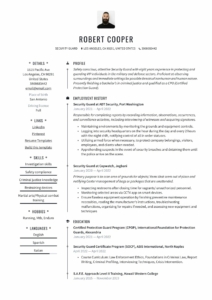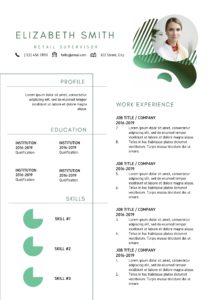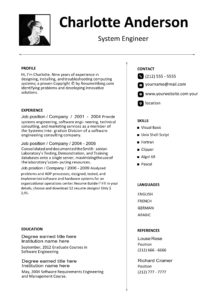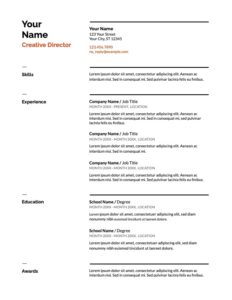If you are having trouble with searching for a job, and have submitted your resume online, then the problem could be traced to resume screeners, or what is known as applicant tracking systems.
Do you have the feeling you are not making it past ATS? Here you will learn how to beat Applicant Tracking Systems so that you will always make it through to the interviews!
Applicant tracking systems – also called candidate management systems or resume bots – scans a candidate’s CV, resume, application and interview skills even before they are seen by a prospective interviewer or employer and then grades them on a scale that ranges from 0 to 100. Your resume needs to score high if you don’t want your resume to be weeded out. Using the applicant tracking system is an effective way that prospective employers utilize to get rid of unwanted candidates from a large group of applicants.
Applicant tracking systems are offered in two editions which are enterprise and small business. Both versions virtually do the same thing by measuring pre-determined keywords. For instance, if you are applying for a position of a senior accountant, the applicant tracking system will scan your CV or resume for keywords like ‘years of experience,’ ‘accounting,’ ‘economics’ or something along those lines. If your resume doesn’t contain such keywords that don’t relate to what your potential employer is searching for, your resume will be eliminated.
As a rule, when a candidate faces and passes through an applicant tracking system, such an applicant will start exams, assessment tests (i.e. skill tests, cognitive ability and personality tests, etc.) or interviews. Assessment tests cover several topics that vary in difficulty. In addition, applicants may encounter multiple interviews in person, via video or television.
How then can you beat applicant tracking systems and land your dream job? How organizations score resumes is not common knowledge since they do not usually publicize it. However, the following tips should be employed if you want to beat the ATS:
How to really beat Applicant Tracking Systems
https://www.jobscan.co/
Incorporate Keywords Used in the Job Advert
Keywords are made of one to three words and are associated with particular industries. But it is the most important factor of applicant tracking systems. Therefore, you need to ensure that you make use of relevant keywords in your applications and resumes. Read the job description or posting and keenly observe how the qualifications and skills are described. This will enable you to fish out the most relevant keywords to use when writing your applications and resumes. You can use as many keywords as possible, just be careful that you don’t keyword-stuff your resumes. Avoid the temptation to cheat by stuffing your resume and application with random keywords just to maximize a job match. Applicant tracking systems are smart enough these days and can detect the difference between haphazardness and relevancy. Prevent to over manipulate and take unfair advantage of loopholes. Your application will, unfortunately, be discarded.
The Format is very Vital
The format of your resume can influence the information obtained by the applicant tracking systems. Do not use footers or headers to list your contact details. Instead, include all your details at the top of the page on the body of your resume. Help the ATS to recognize details like your phone number and email by labeling each section appropriately i.e. your email address should have the heading “Email” and for the phone number, something like “Phone Number” will suffice. Have the name of your employer printed on the first line before the job title. The date on your resume should always be positioned to the right-hand section of the company name.
Avoid Complication
Applicant tracking systems do not always understand unusual titles. Your resume must be simple enough to communicate any information you have supplied. Do your best to avoid illustrations like charts, images, tables, elaborate bullet points, text boxes, etc. because most applicant tracking systems cannot read these. Use standard fonts like Courier, Georgia or Arial in black. Don’t underline words. Keep regular headings such as summary, objective, work experience, hobbies, etc. This helps the ATS to recognize each section that is itemized on your resume. Save your resume in Microsoft Word i.e. .docx or .doc or .txt files only. If you make the mistake of saving your resume in Portable Document Format (PDF), the applicant tracking system may mess up the formatting.
Exhaust the Possibilities
One way to do this is to submit a long cover letter and resume which will allow you ample space to slot in relevant keywords. Applications that have unfilled sections tend to be rejected by the tracking systems. Therefore, make sure that you fill in every field as well as the “Optional” section. Some applicant tracking systems can scan social media profiles together with your application or resume, so make sure that you make use of relevant keywords on your social media profiles.





